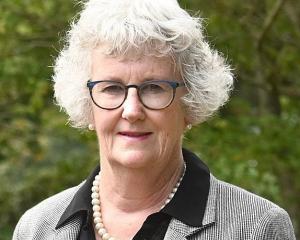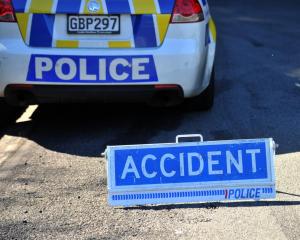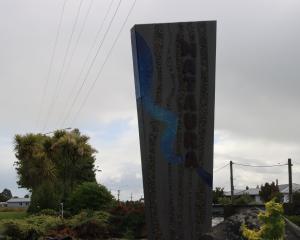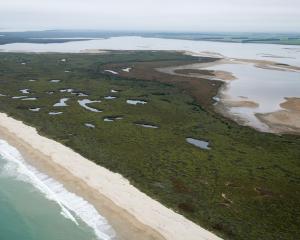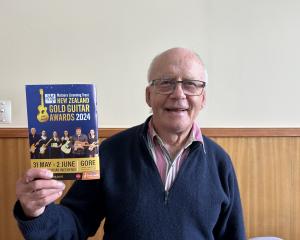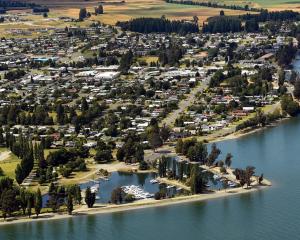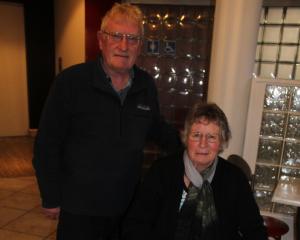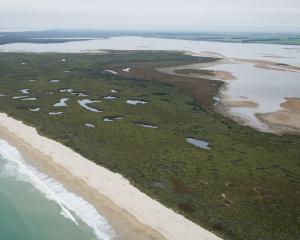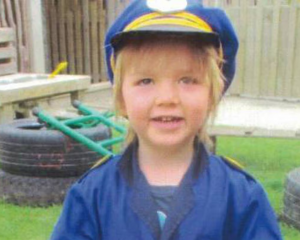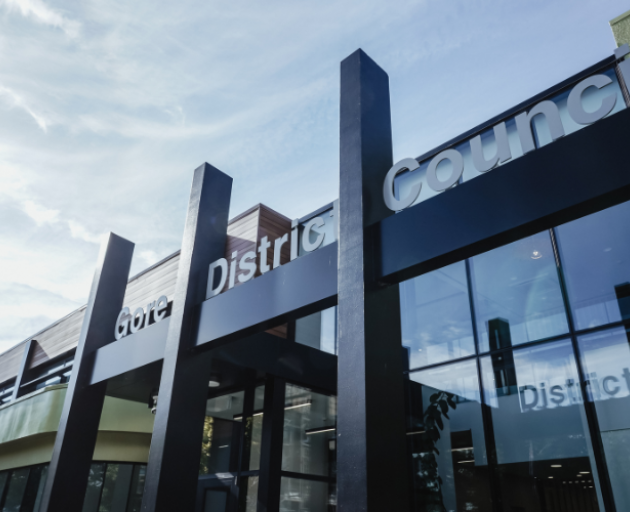
Councillors will consider approving its draft annual plan summary and consultation document at a meeting on Tuesday afternoon before consulting the public on the proposal.
Interim chief executive Stephen Parry said the council was initially facing an eye-watering 40 percent rates increase, before staff managed to pare it back to 31.7 percent in a report tabled at the meeting.
A further $2.2 million has been stripped back.
The cuts suggested during annual plan workshops included:
• not fully funding the total increase in depreciation ($1.2m)
• deferring hiring new positions, some property renewals and maintenance, and IT upgrades and projects ($598,000 across the three areas)
• delaying the rollout of its kerbside recycling service until next April ($175,000)
• downsizing the community strategy department ($271,000)
• trimming parks and reserves spending, chiefly materials and contractors ($120,000)
• deferring the upgrade of the council's customer service request system ($80,000)
• deferring some Multisports complex capital projects ($150,000)
• discontinuing the community awards ($30,000)
The council reached its proposed 21.4 percent rate increase using the reductions detailed above and in its annual plan summary and consultation document.
"The Gore District Council has discovered that there is nowhere to hide when faced with steeply rising costs, soaring depreciation levels, and large Three Waters infrastructure investment and upgrades," Parry said.
The report said the many councils facing rate increases suggested local government funding is in dire need of an overhaul, but until that happened ratepayers were left to pick up the bill so councils could meet their legislative obligations.
"There is an element, no doubt, of the council 'kicking the can down the road'. However, this is being put forward as a recognition that the community is not well positioned to absorb a very large rate increase," Parry said.
"Ultimately that will mean there will be two reasonably large rate increases spread over two years."
The unavoidable cost increases detailed in the report included depreciation, chronically underfunded civic properties, rising interest rates, higher chemical and insurance costs, he said.
Depreciation represented both the most significant cost cut and the most acute knock on effect as it meant their renewals programmes were reduced and it compromised their ability to retire debt, Parry said.

